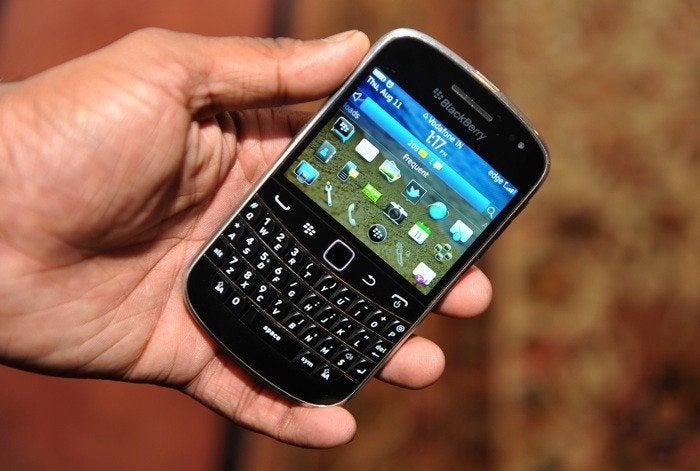
LifeNet, a new wireless system that allows people to communicate device-to-device during the aftermath of a natural disaster, offers emergency response teams the ability to stay connected when cell and Internet services are offline.
While a WiFi or cell network relies on several stable links in its chain of connection, the LifeNet system is more flexible. For example, a typical WiFi network needs a modem and a WiFi router for devices such as laptops or cellphones to connect to the Internet. A cell network has even more vulnerable links that keep mobile devices online. Lose one link in that chain, lose the entire local network.
The LifeNet system, however, enables an internet-connected cellphone, laptop or router to act as a "both a host and a router," according to the project's website. Other LifeNet-enabled devices may connect to that device and pass along its connection to other devices, forming a wireless web of connections. If one device within the network goes down, the other devices maintain their connections, and the network stays active.
From LifeNet.org:
The first and the most important design decision that we made was to adopt the paradigm of ad hoc communication. All devices on a LifeNet network are considered peers without a hierarchy. The absence of any functional hierarchy across the system prevents it from becoming a single point failure system.
Fast Company explains that devices connected to one of these ad hoc networks can use basic communication services like texting. "And if one user has a satellite phone, the whole network can use its services," writes FastCompany. However, devices must be placed close together. "Outdoors, this could mean up to a kilometer. Indoors, users may have to be as close as a few hundred yards," Fast Company notes.
Developed at the Georgia Tech College of Computing, the system is relatively affordable, when compared to the cost of a satellite phone (around $600), according to United Press International.
“If you use LifeNet, the cost savings per text message is 100 times less than a satellite phone,” said Hrushikesh Mehendale, a graduate student who worked on the project, according to Electronic Component News.
Fast Company reports that computer science professor and project leader Santosh Vempala further explained that the low cost of the LifeNet system is made possible by the system's simplicity: "It's just a piece of code that you can have on your laptop or phone. Once you have the software, the computers can communicate with each other, and you don't need infrastructure."
The system could also be used during crisis situations that can overwhelm a wireless network. It may even benefit developing countries with limited wireless infrastructure.
Check out LifeNet.org to learn more about this system.
